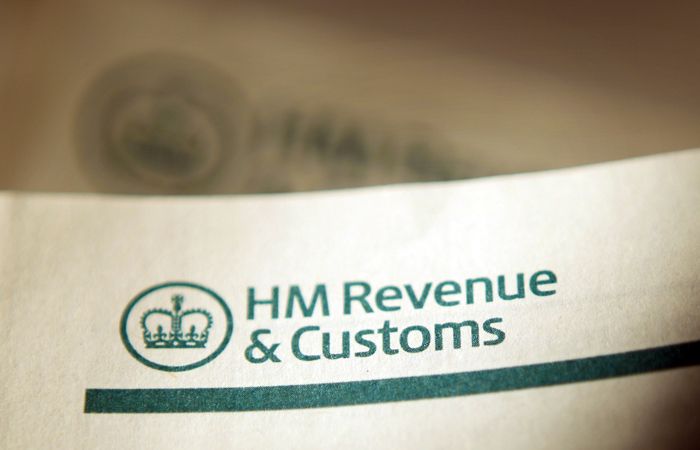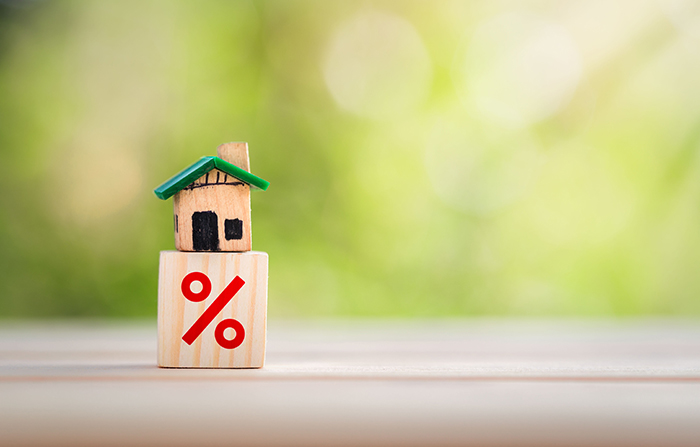
Home buyers paid £1.2bn in stamp duty in July, taking the total bill for the year so far to £6.6bn – an increase of £100m on the same period last year.
That is according to analysis of official figures from Coventry Building Society, which is calling on the Chancellor to look at revising the thresholds in her upcoming Budget.
Buyers in England and Northern Ireland currently pay stamp duty if their home costs more than £250,000.
In March 2025 this will drop to £125,000 – taking the tax bill on an average-priced home in England from £2,768 to £5,268.
First-time buyers currently pay stamp duty if their home costs more than £425,000, which is set to drop to £300,000 in March 2025.
There is also an additional 3% surcharge for anyone buying an additional property.
Coventry head of intermediary relationships Jonathan Stinton says: “The Treasury is taking in huge sums of property taxes while homebuyers are racking up the debt.
“A stamp duty bill can be thousands of pounds so if people don’t have that amount lying around they’ll probably need to borrow more to cover the tax on their home.
“In seven months’ time the scale is set to tip even more in the Treasury’s favour, with the nil rate band set to halve to £125k.
“The Chancellor should see the October Budget as an opportunity to level the scales and announce changes which will stop the tax on an average priced property jumping up by £2,500 overnight.
“Short term pain for the Chancellor could result in longer term gain for the broader economy.
“Reducing the burden on homebuyers doesn’t have to be too costly for the Treasury either –the stamp duty holiday in 2020 and 2021 proved that homebuyers can get a break and tax revenue can remain healthy.
“It may even benefit the economy as people could spend the extra cash on improving their new home, boosting the retail and services sectors and returning some tax revenue through VAT.”



